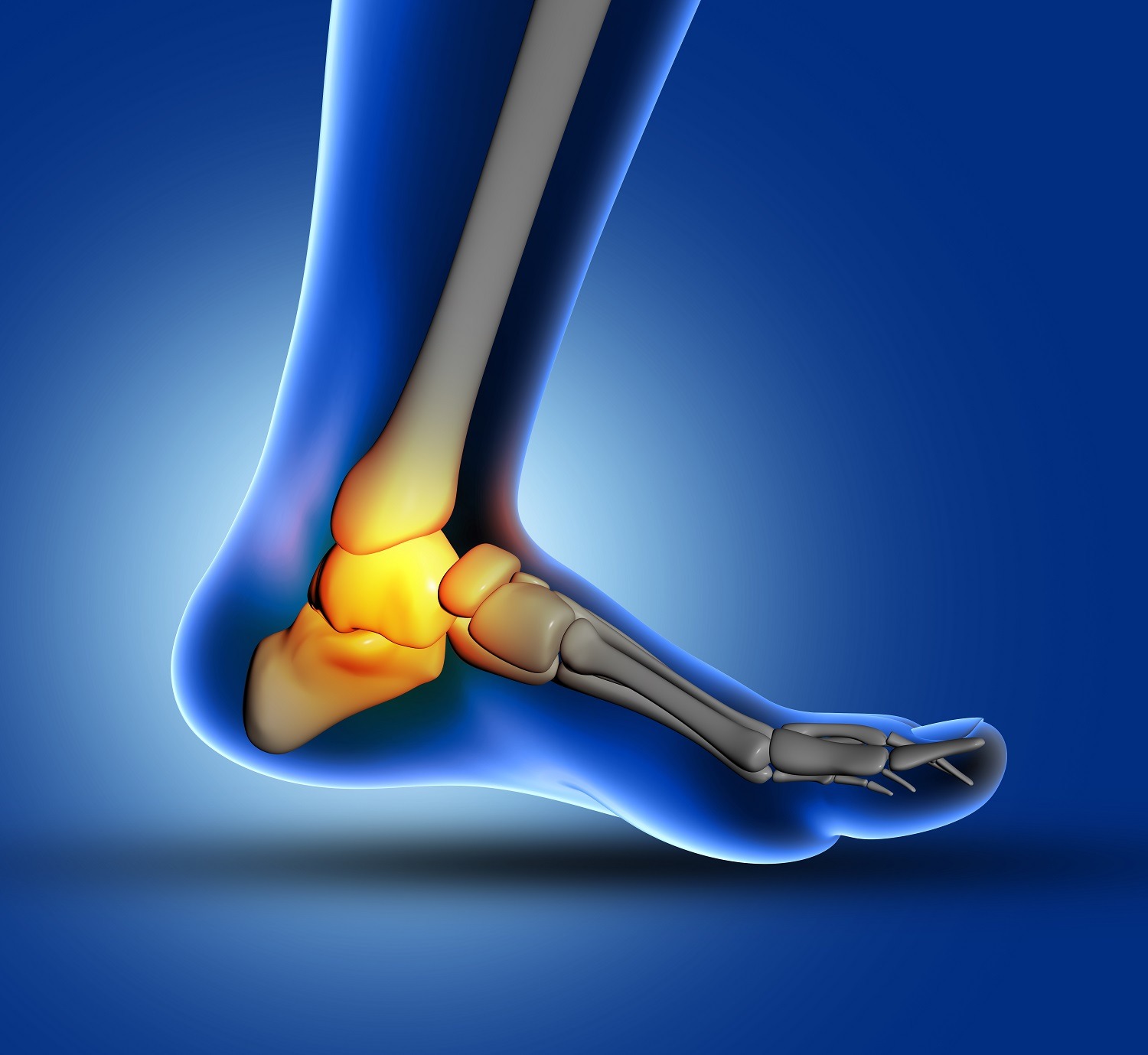Overview
A heel spur is a calcium deposit causing a bony protrusion on the underside of the heel bone. On an X-ray, a heel spur can extend forward by as much as a half-inch. Without visible X-ray evidence, the condition is sometimes known as “heel spur syndrome.”
Although heel spurs are often painless, they can cause heel pain. They are frequently associated with plantar fasciitis, a painful inflammation of the fibrous band of connective tissue (plantar fascia) that runs along the bottom of the foot and connects the heel bone to the ball of the foot.
Treatments for heel spurs and associated conditions include exercise, custom-made orthotics, anti-inflammatory medications, and cortisone injections. If conservative treatments fail, surgery may be necessary.

Causes of Heel Spurs
Heel spurs occur when calcium deposits build up on the underside of the heel bone, a process that usually occurs over a period of many months. Heel spurs are often caused by strains on foot muscles and ligaments, stretching of the plantar fascia, and repeated tearing of the membrane that covers the heel bone. Heel spurs are especially common among athletes whose activities include large amounts of running and jumping.
Risk factors for heel spurs include:
- Walking gait abnormalities, which place excessive stress on the heel bone, ligaments, and nerves near the heel
- Running or jogging, especially on hard surfaces
- Poorly fitted or badly worn shoes, especially those lacking appropriate arch support
- Excess weight and obesity
Prevention of heel pain
You can reduce the risk of heel pain in many ways, including:
- Wear shoes that fit you properly with a firm fastening, such as laces.
- Choose shoes with shock-absorbent soles and supportive heels.
- Repair or throw out any shoes that have worn heels.
- Always warm up and cool down when exercising or playing sports – include plenty of slow, sustained stretches.
- If necessary, your podiatrist will show you how to tape or strap your feet to help support the muscles and ligaments.
- Shoe inserts (orthoses) professionally fitted by your podiatrist can help support your feet in the long term.
Things to remember
- The heel is a padded cushion of fatty tissue that holds its shape despite the pressure of body weight and movement.
- Common causes of heel pain include obesity, ill-fitting shoes, running and jumping on hard surfaces, abnormal walking style, injuries and certain diseases.
- Plantar fasciitis is inflammation of the ligament that runs the length of the foot, commonly caused by overstretching. It results in pain under the heel, particularly after rest.
- A heel spur is a bony growth that is not usually painful to the touch.
- Sever’s disease is caused by stress on the growth plate in the heel bone.
What are the risk factors for heel pain?
Anything that puts a lot of pressure and strain on your foot can cause heel pain. The way you walk (foot mechanics) and your foot’s shape (foot structure) are also factors.
You may be more likely to develop heel pain if you:
Are overweight (have obesity).
Have foot and ankle arthritis, flat feet, or high foot arches.
Run or jump a lot in sports or for exercise.
Spend a lot of time standing, especially on concrete floors.
Wear improperly fitted shoes without arch support and/or cushion.
